A Balance in Blue & Greens
World Balance in Water and Land
Land and Water: Pillars of a Balanced Ecosystem
Our planet’s ecosystem is built upon two foundational elements: land and water. These natural resources are indispensable to human survival, supporting life, livelihoods, and environmental stability. However, the global equilibrium between land and water is increasingly under threat due to climate change, population growth, and industrial expansion.In regions like the American Southwest, excessive groundwater extraction has led to severe aridity—an unsustainable trend that could eventually force population shifts due to water scarcity. Both soil and water play vital roles in regulating climate, supporting agriculture, and maintaining biodiversity. As human activity intensifies, it becomes crucial to understand and protect the delicate balance between these resources.This article examines the impact of human intervention on the land-water dynamic and explores the potential consequences of further disruption, emphasizing the urgent need for sustainable management practices.
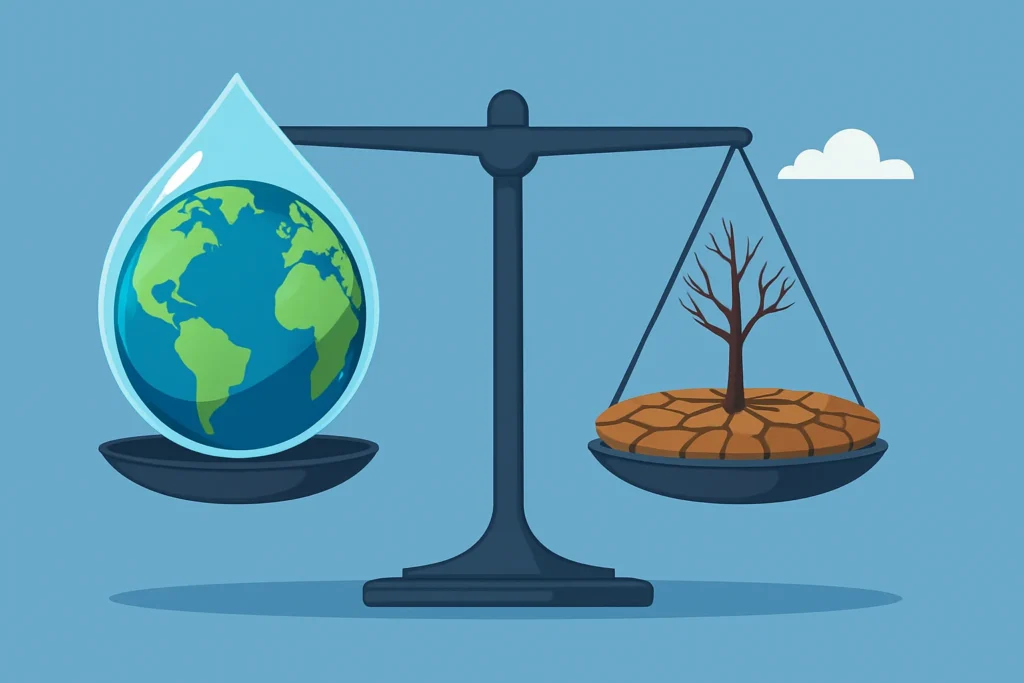
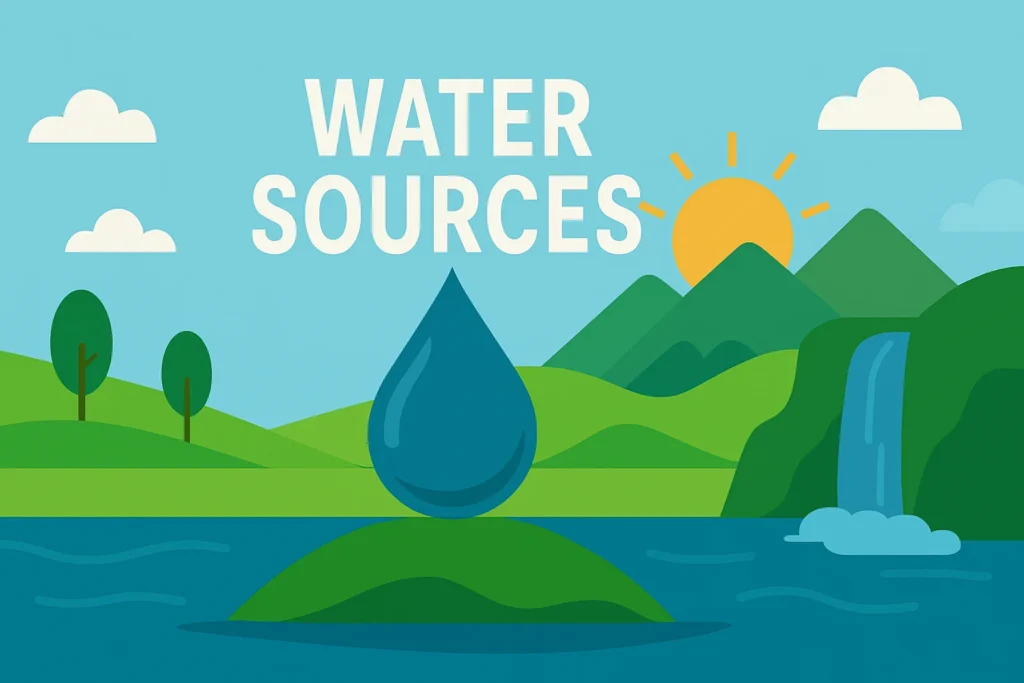
Water Sources in a balanced state
Water Resources and Livelihood: Sustaining Civilization Through Balance Water is the foundation of life and a critical driver of civilization. Without reliable access to clean water, communities struggle to survive, let alone thrive. Yet, with growing pollution and overuse of global water sources, the need to strike a sustainable balance between land and water usage has never been more urgent. Understanding the dynamics of our global water supply is essential. Surface water—rivers, lakes, and reservoirs—accounts for roughly 70% of Earth’s freshwater, while groundwater contributes the remaining 30%. Much of this supply originates from glaciers and snowfields in polar regions such as Antarctica and Greenland. Compounding the challenge, over two billion people depend on transboundary river basins, where shared water resources can lead to geopolitical tensions and competition. In response to these concerns, the U.S. Geological Survey (USGS) has launched extensive research initiatives to assess how climate change is reshaping water availability across the globe.
Land Distribution
Land Distribution and Its Role in Ecosystem Balance The distribution of landforms plays a critical role in maintaining the global balance between land and water resources. Influenced by climate change, natural disasters, and human development, the Earth’s terrain is constantly evolving—making it essential to understand how land is categorized and spread across the planet. Globally, land can be classified into four primary types: Permanent ice and snow (approximately 10% of Earth’s surface) Mountains and hills, which contribute to river systems through snowmelt runoff Steppe or grasslands, covering over 40% of the planet Deserts and drylands, typically located around 30° latitude north and south due to minimal rainfall Each land type plays a unique ecological role, and their distribution directly influences water availability, climate regulation, and biodiversity. Preserving this balance is vital for sustaining life and supporting resilient ecosystems.
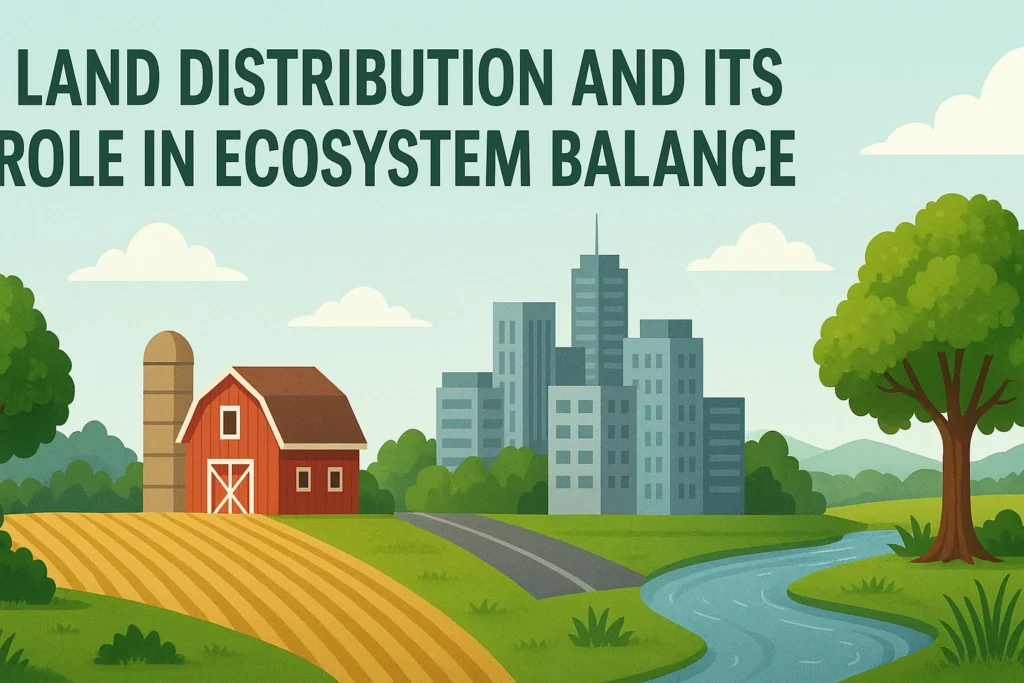
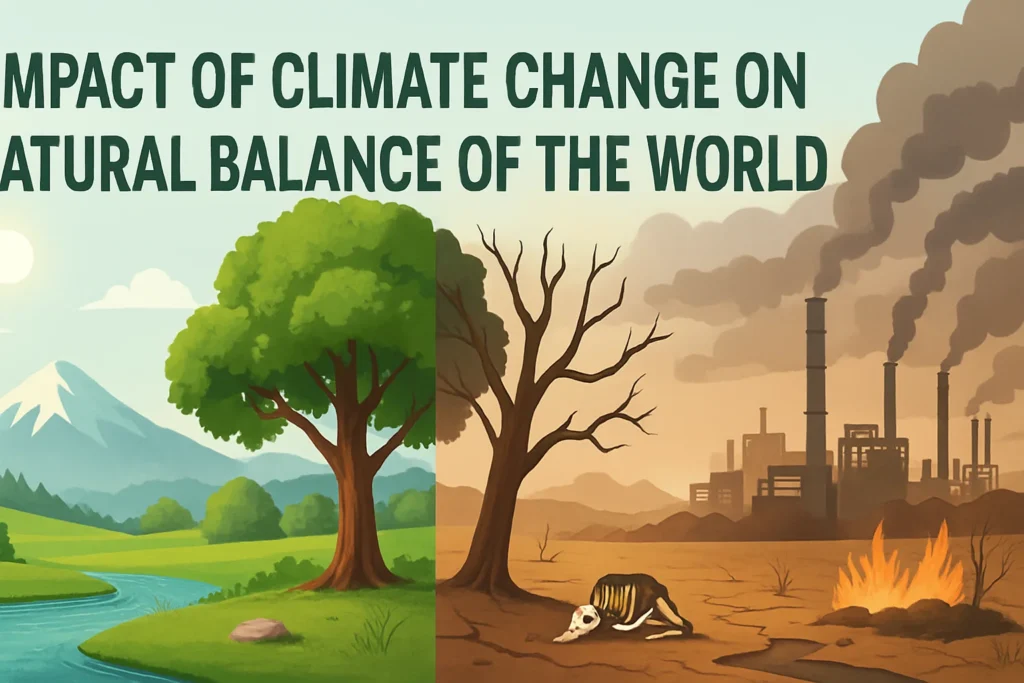
Impact of Climate Change on Natural Balance of the World
Climate Change and the Fragile Balance of Land and Water Climate change stands as one of the most urgent global challenges, with profound implications for the environment, economy, and society. Its impact on the delicate balance between land and water resources is especially critical, posing serious threats to global food security. Rising temperatures, shifting precipitation patterns, ocean acidification, and increasingly severe weather events are disrupting water availability worldwide—causing droughts in low-rainfall regions and flooding in others. Simultaneously, these extreme conditions are accelerating soil degradation, undermining agricultural productivity and jeopardizing the livelihoods of millions. Addressing these interconnected issues requires global cooperation. Governments must prioritize the reduction of carbon emissions and accelerate the transition to renewable energy sources such as solar and wind power to mitigate climate impacts and safeguard natural resources.
Solutions for Balance
Balancing Water and Land Resources: A Pathway to Global Sustainability Achieving a sustainable balance between water and land resources is one of the most pressing environmental challenges of our time. Solutions range from conservation strategies to sustainable development practices, all aimed at preserving these vital elements for future generations. Policy and Governance Governments play a pivotal role by enacting policies that promote conservation and minimize resource wastage. These may include: Setting usage limits for water and land Encouraging rainwater harvesting and resource reuse Implementing efficient irrigation systems to reduce water loss Community Engagement and Awareness Collaboration with local communities and organizations is essential to raise awareness and foster adoption of sustainable practices at the grassroots level. Biodiversity and Traditional Knowledge The loss of biodiversity—especially in tropical regions—poses a serious threat to livelihoods. Traditional land management systems, which have sustained communities for centuries, are disappearing, placing additional strain on populations that depend on these resources.

Experience Reliable Water TreatmentSolutions for Any Project
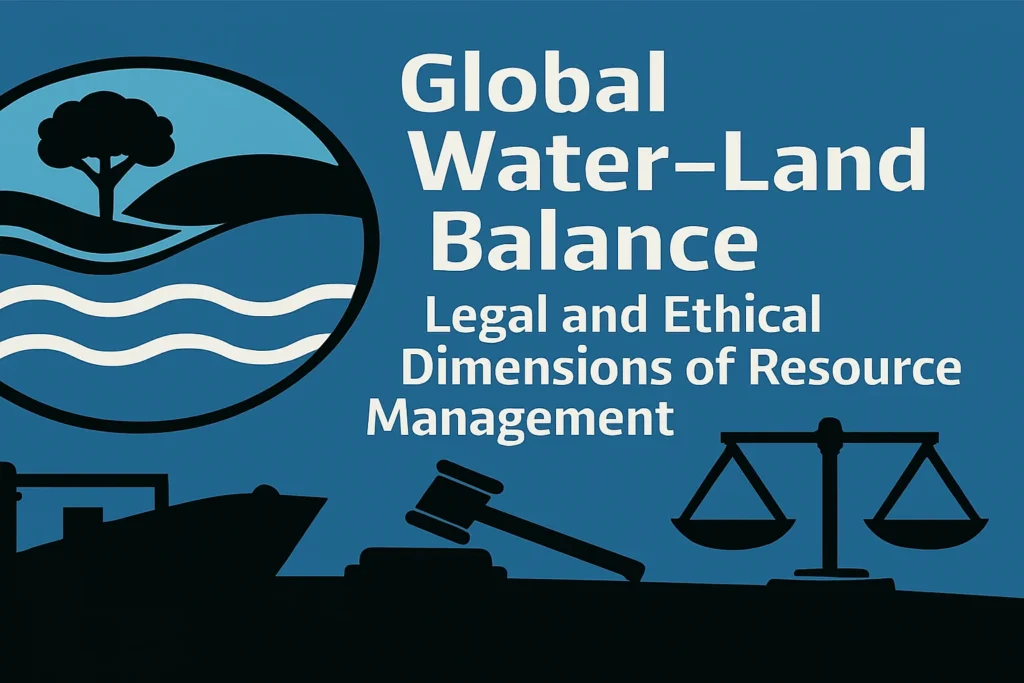
Human Role in Balance
Human Responsibility in Safeguarding Water–Land Balance Humans have long been integral to Earth’s ecosystems, but in the face of climate change and rapid population growth, our role in maintaining the balance between water and land resources has become increasingly vital. Preserving this delicate equilibrium demands that human actions reflect a deep understanding of resource conservation and habitat protection. Water, the cornerstone of life, is often undervalued despite its critical importance. Imbalanced access to clean water can lead to disease outbreaks, species displacement, and ecosystem degradation, particularly in drought-prone regions. Moreover, billions of people—especially in developing nations—still lack access to safe drinking water and adequate sanitation. Addressing these challenges requires collective action through conservation strategies, sustainable resource management, and inclusive policy frameworks. By prioritizing responsible practices, we can protect both human well-being and the natural environments we depend on.
Legal Implications of imbalance
Global Water–Land Balance: Legal and Ethical Dimensions of Resource Management The delicate balance between water and land resources has long been a topic of international dialogue, with global leaders recognizing its significance for environmental stability and human development. Addressing this challenge is complex, as resource availability varies widely across regions, influenced by geography, climate, and socio-economic factors. This issue carries important legal implications. Water and land are fundamental to life and must be managed responsibly to maintain current living standards without compromising the needs of future generations. However, regulations governing water use differ globally, with some nations enforcing stricter controls than others. Additionally, land ownership rights often require clarification to ensure equitable access, particularly in contexts where indigenous communities depend on these resources for their cultural and economic survival.
Conclusion: Outlining World Balance
Preserving the Balance Between Water and Land: A Pillar of Ecosystem Health The global balance between water and land resources has long been a focal point for social entrepreneurs, environmentalists, scientists, and policymakers. Decades of research affirm that maintaining this equilibrium is vital to the survival of ecosystems and the well-being of all species on Earth. Understanding the impact of human activities—from overfishing and pollution to deforestation—is essential for making informed decisions that protect our planet. The natural interplay between land and water is intricate, yet fundamental to sustaining biodiversity and ecological resilience. Disruptions to this cycle can lead to habitat degradation, species loss, and long-term environmental instability. Solutions for a Greener, Bluer Planet Promoting water conservation and expanding urban forests are key strategies for restoring balance. These efforts not only enhance the health of aquatic and terrestrial habitats but also contribute to climate regulation and community well-being. Embracing e-waste recycling cultivates environmental stewardship, fostering a sustainable future by minimizing electronic waste’s impact on our planet. COP27, the 27th Conference of the Parties to the United Nations Framework Convention on Climate Change, signifies a crucial global assembly where nations collaborate to address pressing environmental challenges and advance collective strategies for a sustainable future.
